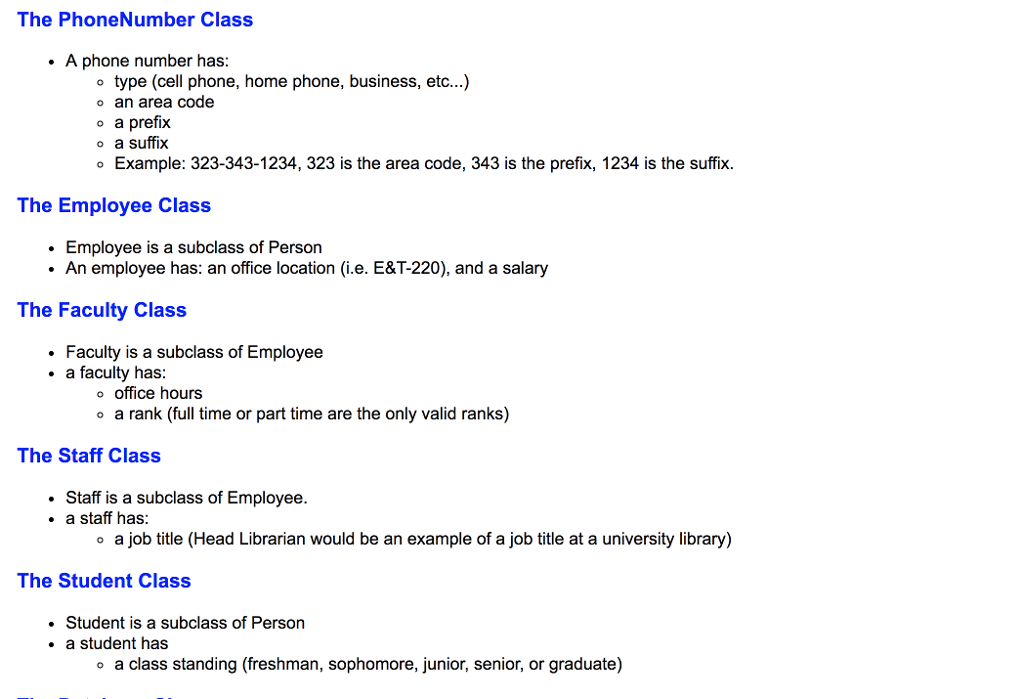


The article will also emphasize the importance of identifying other corneal degenerations and differentiating FD from other pathologies. This article will focus on the history and physical examination found in most patients with FD. A few case studies have been conducted that show the natural progression of the disease however, due to its rarity, many questions remain unanswered. Patients with FD will not experience any changes in vision due to the circumferential thinning that occurs evenly throughout the cornea. Unlike many other corneal degenerative diseases, furrow degeneration lacks true vascularization and inflammation as part of the pathological pathway, leading to a painless, and asymptomatic, thinning of the peripheral cornea with a low risk of perforation and little need for medical follow up. Very little focus has been made on further examining the pathophysiology and etiology of furrow degeneration, possibly due to its benign course. FD is characterized by a decreasing width of the peripheral cornea between the arcus senilis and limbus. It is most commonly referred to as furrow degeneration however, many articles interchangeably use senile furrow degeneration of cornea, corneal furrow degeneration, or age-related marginal corneal degeneration when referring to FD. Furrow degeneration (FD) is a unique pathology that goes by various names in the limited published literature.


 0 kommentar(er)
0 kommentar(er)
